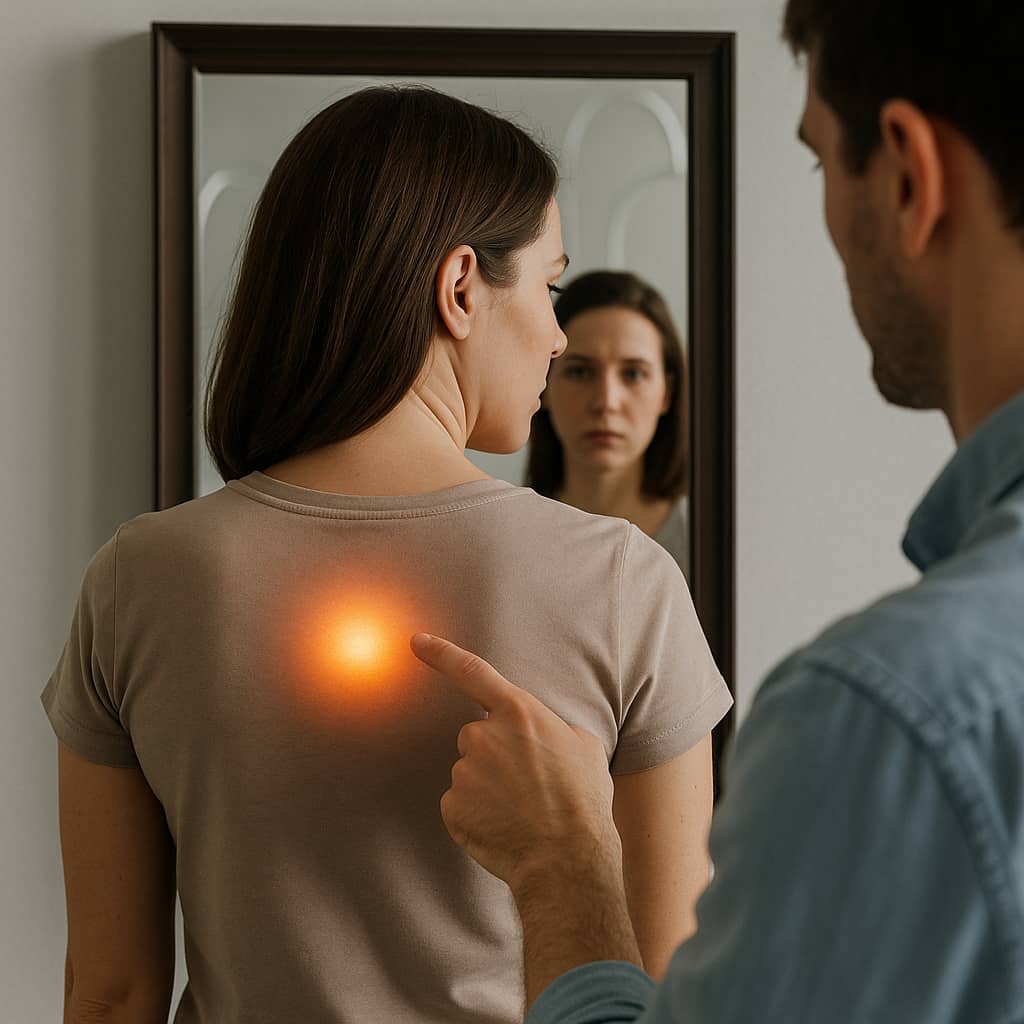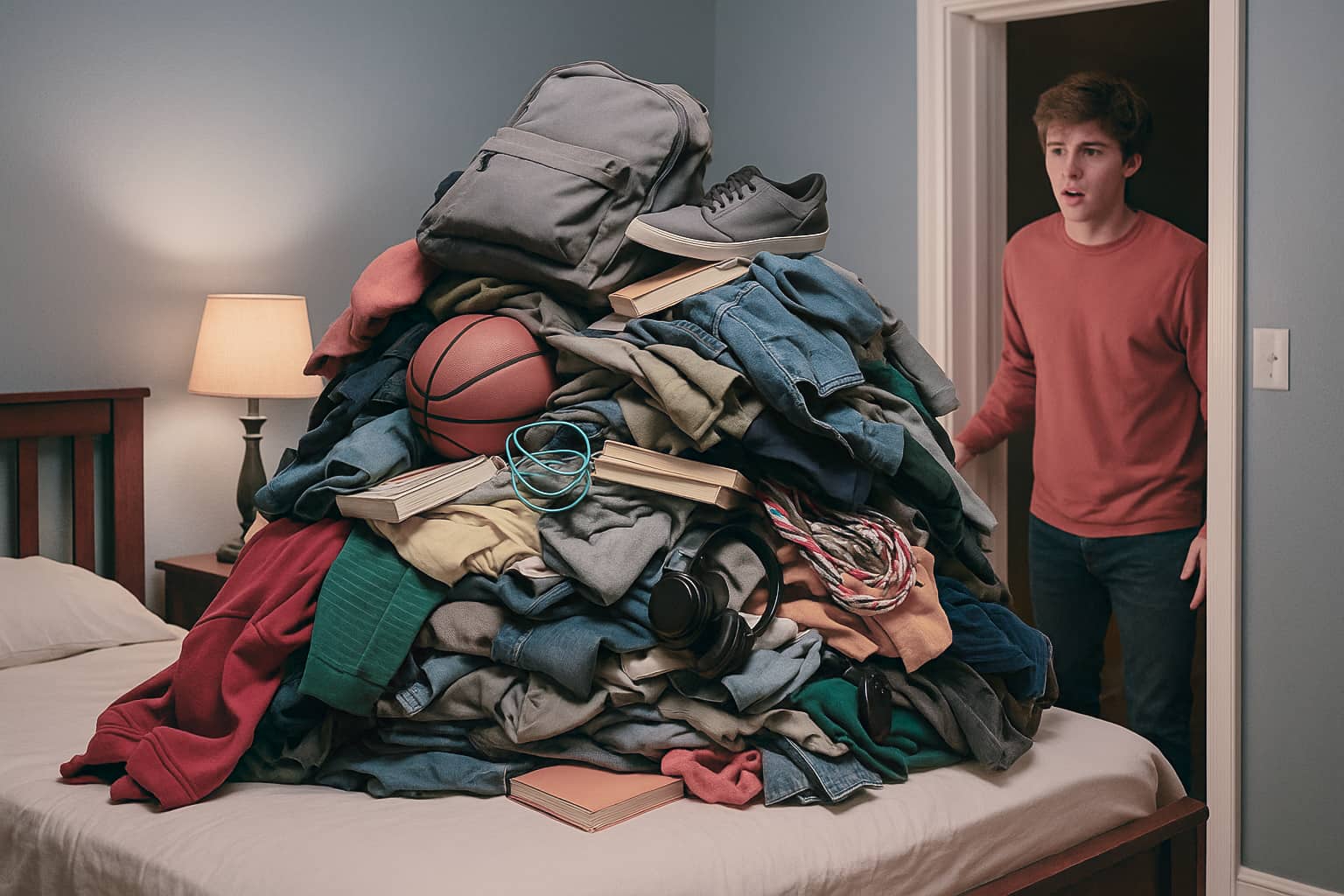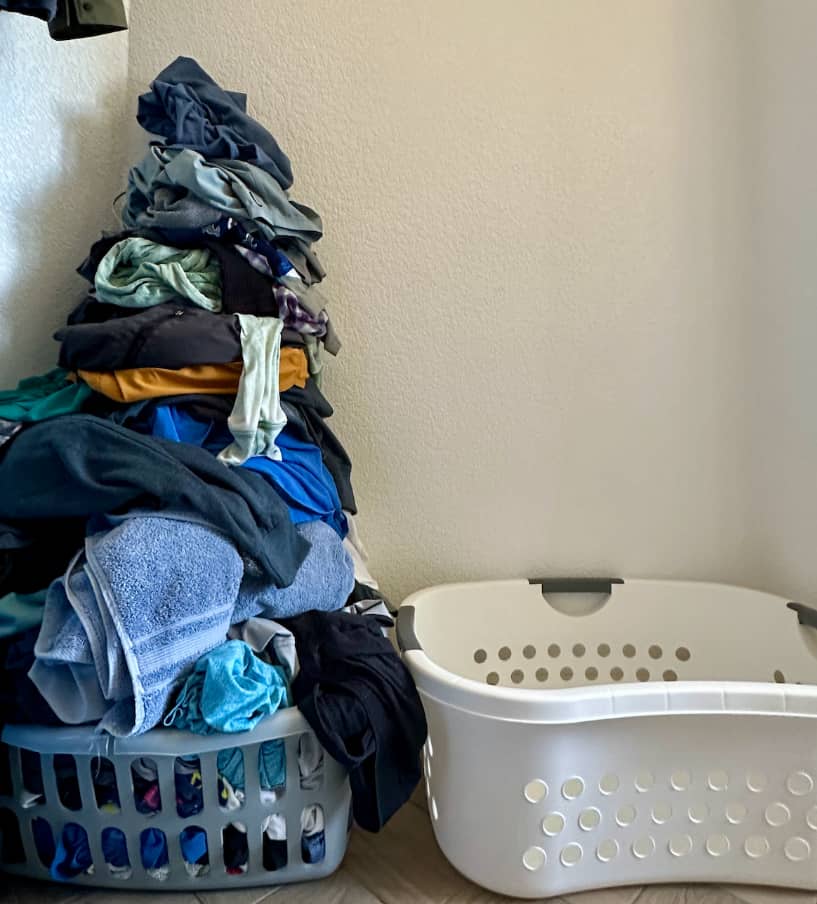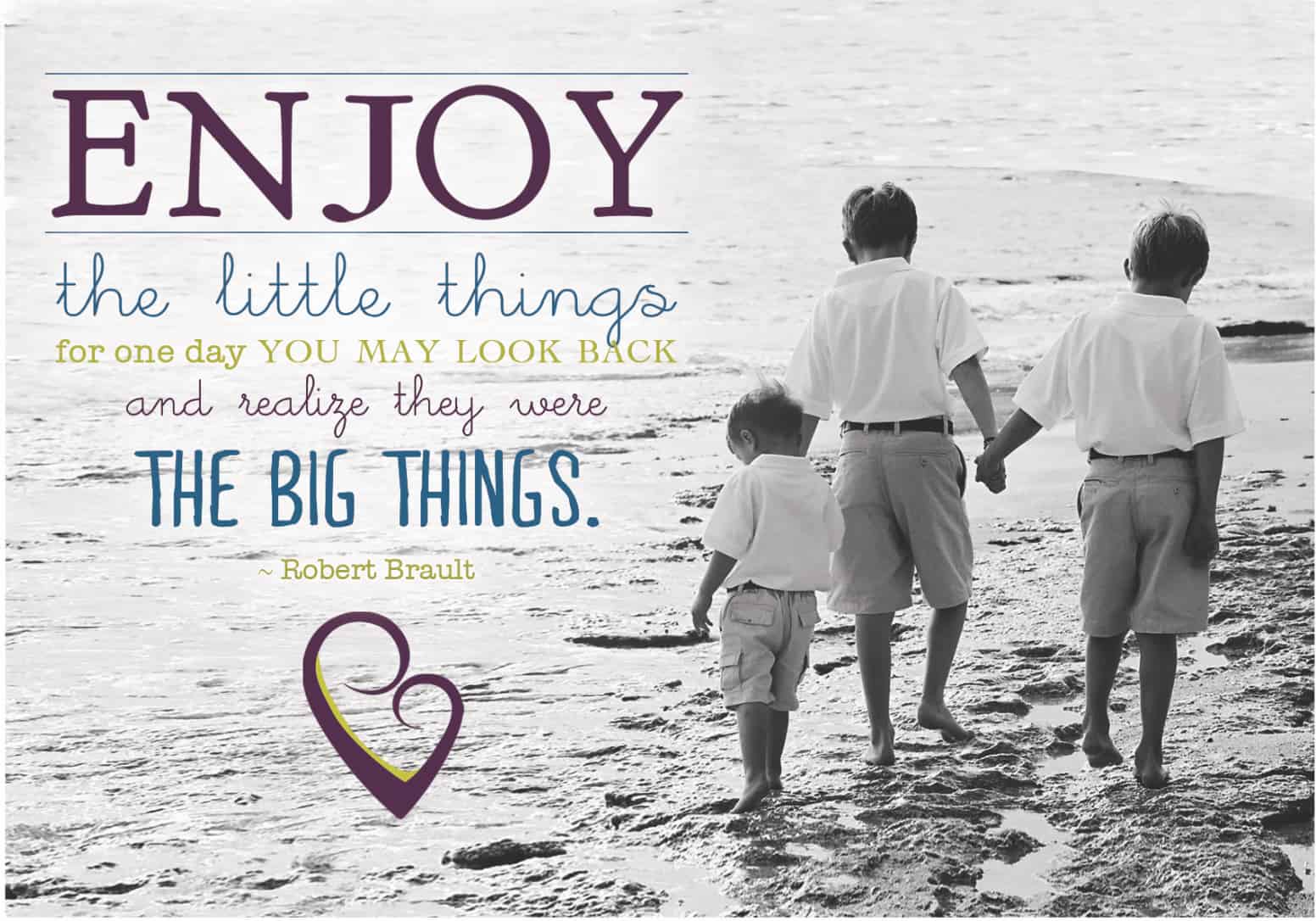Have you ever heard someone say, “well, he/she doesn’t LOOK like he/she has an Eating Disorder.” My question to you is, who decided that an Eating Disorder has to look a particular way? Statistics are showing that only 1/3 of all eating disordered people are underweight. That’s it! There are so many people who are struggling with various forms of Eating Disorders and there are no “one size fits all” when it comes to someone who is struggling with disordered eating. Here is a list of some of the most common Eating Disorders.
- Anorexia: where an individual will limit their food intake, and has an intense fear of gaining weight, even when severely underweight.
- Bulimia: where an individual will uncontrollably consume large amounts of food in short periods of time, then eliminate the food from their bodies. They have great fear of gaining weight, and many times are at a normal weight.
- Binge Eating Disorder: where an individual will regularly and uncontrollably consume large amounts of food in a short period of time. Unlike other eating disorders, they do not eliminate the food from their bodies by way of purging.
- Pica: where an individual will tend to crave non-food items.
- Rumination Disorder: where an individual will regurgitate the food they’ve recently swallowed. They will chew their food, swallow it, or spit it up.
- Avoidant or Restrictive Food Intake Disorder: where an individual will under eat due to a lack of interest in food, or an intense distaste for how certain foods look, smell or taste.
ALL Eating Disorders are very serious and can be life-threatening. Eating Disorders are not “diets” or a “phase” that someone goes through, and I can ensure you, that when one has an Eating Disorder they did not mean for it to happen, nor did they choose to have it.
You can help by listening to your loved one and seeking help in the ways of a doctor, a therapist, or a dietician who specializes in Eating Disorders.
Tools for your Toolbox:
So many families are unsure of how to help support their loved one when they find out they are struggling with an Eating Disorder or disordered eating. Here are some tools that you can start at home now:
- Sit at the dinner table to eat all meals. So often we get caught up in the chaos of the day and so many of us eat in front of the TV while eating. Meals are a time of connection, and for your loved one that is struggling to eat, many times the hardest time of the day. Come together as a family and eat meals.
- Listen to music while eating dinner. May seem silly, but background noise allows for things to be less awkward at meal times.
- Put a time limit on meals. 30 minutes for breakfast, lunch and dinner. 15 minutes for all snacks. If you don’t use all the time, that ok! But no one leaves the table until the time is up, or everyone has completed their meal. If your loved one has not completed their meal after 30 minutes, we will brainstorm ways for you to support your loved one to get all their meal intake.
Optimal health and recovery for you and your loved one is always the ultimate goal.












